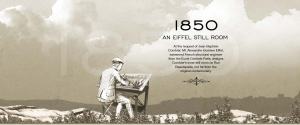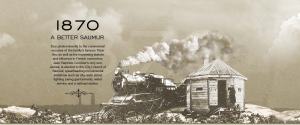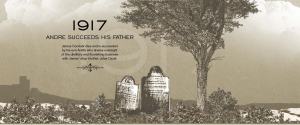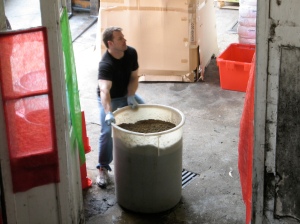
Why are we posting so much about the history of Combier Distillery?
1) It’s where Lucid Absinthe is made
2) Even though Lucid is made there, it is also considered a museum because of its extensive history
3) Knowing the history of Combier Distillery means knowing the long, bumpy road that had to be paved before Lucid Absinthe could be made
4) Being able to explain the history of Lucid Absinthe to your friends makes you a classy and educated drinker
Without further ado, here is a brief history of Combier Distillery:

The man who built Combier distillery, Jean-Baptiste Combier, was born in 1809.

In 1828, Jean-Baptiste Combier moved to Saumur, France, due in part to its fertile soil. This is where he built the Combier Distillery, where Lucid Absinthe would be made one day far in the future.

In 1850, the French architect Eiffel — who would later gain worldwide renown for designing the Eiffel Tower — designed the inner still room in the Combier Distillery. This is the same room where Lucid Absinthe is made today.

In 1853, Jean-Baptiste Combier was found guilty of slandering the monarchy and was locked up in a prison cell. The man with whom Combier shared his cell also happened to share his passion for good alcohol, and the two men passed the time by sharing and inventing recipes for drinks.


In 1879, Combier’s son, James, became mayor of Saumur. He previously helped to modernize Saumur with street lighting, plumbing, and a train station.

In 1917, James Combier died. His son, Andre, and step-son, Jules, took over Combier Distillery.

In 1966, the Combier Distillery was bought by the Bollinger Group, one of the most highly regarded French champagne houses. In 2001, Combier Distillery was sold to its director, putting it back in independent hands, where it remains to this day.















